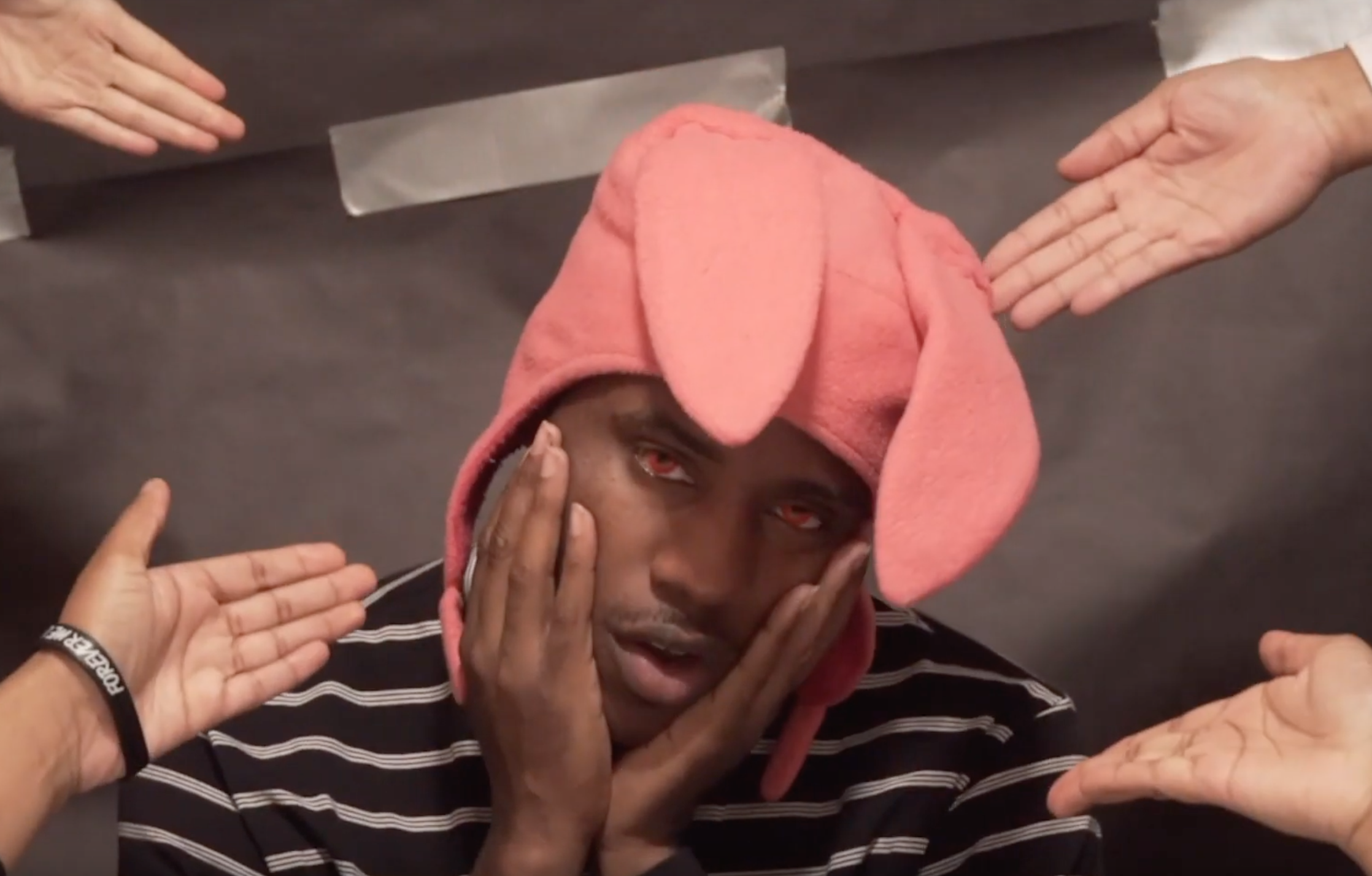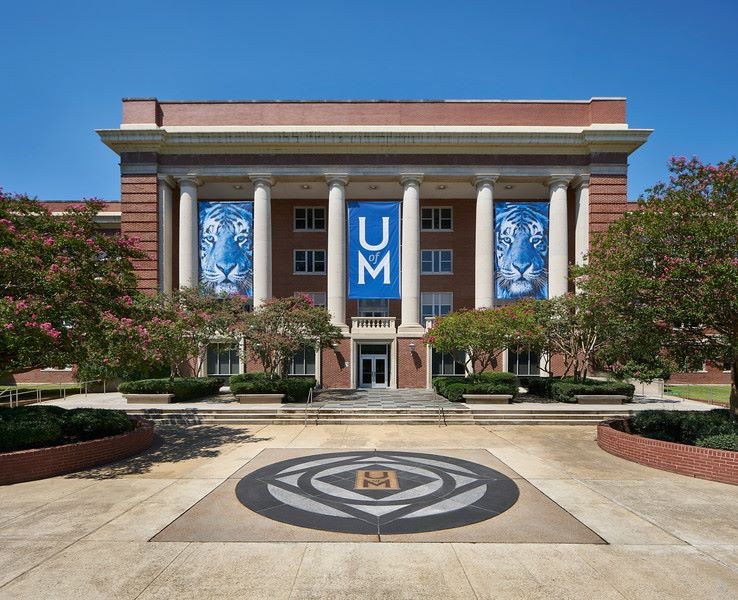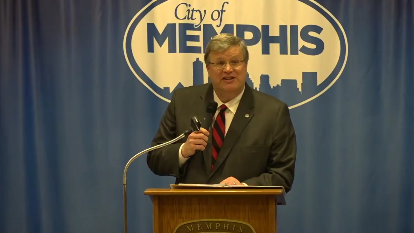
During his third State of the City address Monday night, Memphis Mayor Jim Strickland said he is “hungry for more” progress, growth, and momentum in Memphis.
“I don’t simply want to have momentum in Memphis — I want to accelerate our momentum,” Strickland said. “I want to take this special time in our history and continue turning the corner into a prosperous future for everyone — a prosperous future that we all know Memphis deserves.”
Strickland delivered the address in three parts, highlighting what his administration has done, what it is doing, and what it will do.
A few of the accomplishments Strickland reported are:
• Roughly 18,000 more Memphians are employed today than when he took office with the unemployment rate at “near record lows.”
• Poverty is down about 17 percent, according the latest census data.
•The Memphis Police Department (MPD) hired more officers in the last 17 months than in the entire six years prior.
• Prosecution of violent crime is up with the prosecution of gun crime up 58 percent.
• The major violent crime rate dropped over four percent in 2018.
• About $15 billion worth of development is happening in the Memphis area.
• Homelessness is down 14 percent from a year ago and 41 percent from 2012.
• In the most recent fiscal year, the city doubled the amount spent with minority businesses from when Strickland took office in 2016.
•The tax rate went from $3.40 to $3.19 during Strickland’s time in office so far.
“We have momentum in our spirit, momentum in our grind, and momentum with how we’re running an efficient, responsible city government,” Strickland said. “We have momentum in how we’re tackling our challenges, too. And under my watch, you can rest assured that tackling our challenges remains this administration’s priority every waking hour.”
What the city is doing now:
Strickland said his administration is a “neighborhoods-first” one.
“And instead of just saying that, we’re incorporating that philosophy into the long-term plan for our city, which you may have heard about — it’s called Memphis 3.0,” Strickland said. “Over two years, our Memphis 3.0 staff heard from 15,000 of you, and came up with a new strategy for our growth: We’re going to build up, not out.
“We’re going to cast a road map to better transit. We’re going to invest in our core and our neighborhoods. We’re going to invest in Memphians.”
With that, Strickland announced the creation of two initiatives that will put “our money where our mouth is” and “will ensure Memphis 3.0 isn’t just another plan that collects dust on a shelf at city hall.”
The first initiative, the Memphis Community Catalyst Fund, will be dedicated to renewing the source of money used to make infrastructure improvements to key neighborhood areas — or places the Memphis 3.0 plan refers to as anchors. Under the initiative, the city will work with neighborhoods to identify areas that need improvement to infrastructure hoping to spark private development.
“That can be anything from new sidewalks, new pedestrian crossings, new lighting,” the mayor said. “It’s a tailored approach to what works best for you, and what will have the most lasting impact in making your neighborhood better for years to come.”
[pullquote-1]
The details for the fund haven’t been finalized, Strickland said, but the plan is to commit roughly $2 million toward it in its first year with additional investments in the following years.
The final proposal will be delivered to the Memphis City Council in April during the 2019-2020 fiscal year budget presentation.
The second initiative is a group of eight private investment opportunities in properties owned by the city or city partners.
The properties include:
• The former Tillman Cove housing complex in Binghampton
• Nine acres in Midtown near Crosstown Concourse, where Interstate 40 was previously planned
• Outparcels on the Raleigh Town Center, where Raleigh Springs Mall used to stand
• Parts of the Fairgrounds redevelopment
• Parts of the Pinch District
• The Historic Melrose High School building
• A block of land in the South City redevelopment, just south of Clayborn Temple, which the city is calling the South City Cultural Block
• A proposed site for residential development on Powers Road in Raleigh
A website will launch next week with details and instructions for the call for redevelopment proposals, Strickland said. The city will select the developers with proposals that will best “jump-start” the neighborhoods.
Continuing, Strickland also said the city is working to improve public services, like picking up piles of limbs on the curb and cutting down the time it takes to repair potholes.
To that end, the city is partnering with a technology company to pilot machine learning that could lead to scans of the streets for potholes and filling them faster. This will be implemented by placing cameras on city vehicles that detect and report potholes.
Also in an effort to improve streets, the mayor said he’s charged his team with “paving early and often this spring, as soon as the weather allows it.,” announcing the “long-awaited” improvements to Elvis Presley Boulevard to begin in the spring.
[pullquote-2]
Minority contracting is another area Strickland said the city is looking to sustain and improve through a program called Buy901. It will be an online directory of locally owned and city-certified minority and women-owned businesses.
“Instead of just having this information for ourselves, we thought, why not share it with all Memphians?” Strickland said. “Need a new roof or fence and want to hire a local or minority contractor? Great. Just visit Buy901.net, and you’ll be able to pick the same contractors we use … It’s a long-term way to build equity in our economy and attack poverty, and now you can help.”
Finally, Strickland said the city is continuing to work to reduce violent crime by taking actions like hiring more police officers and working with the General Assembly asking them to pass a law to enhance the penalty for road rage shootings.
Wrapping up, Strickland talked about his vision for the city in its third century. It includes:
• Safer streets with continued reduction of violent crime
• Smoother streets, where “we treat our infrastructure with the care it deserves, sending that visual message to every neighborhood, in every part of our city, that we care”
• Better access to opportunities for youth
• Building up, not out
• An equitable and just city, where poverty continues to fall and black-owned businesses flourish
• More jobs
Read Strickland’s full address here.


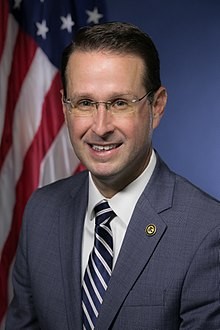

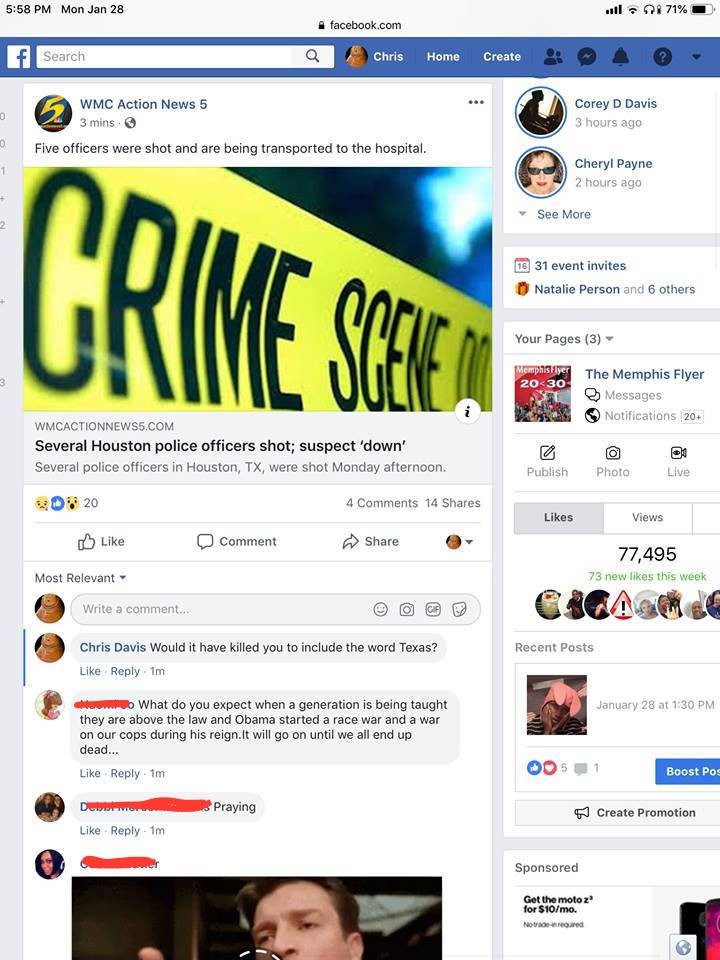

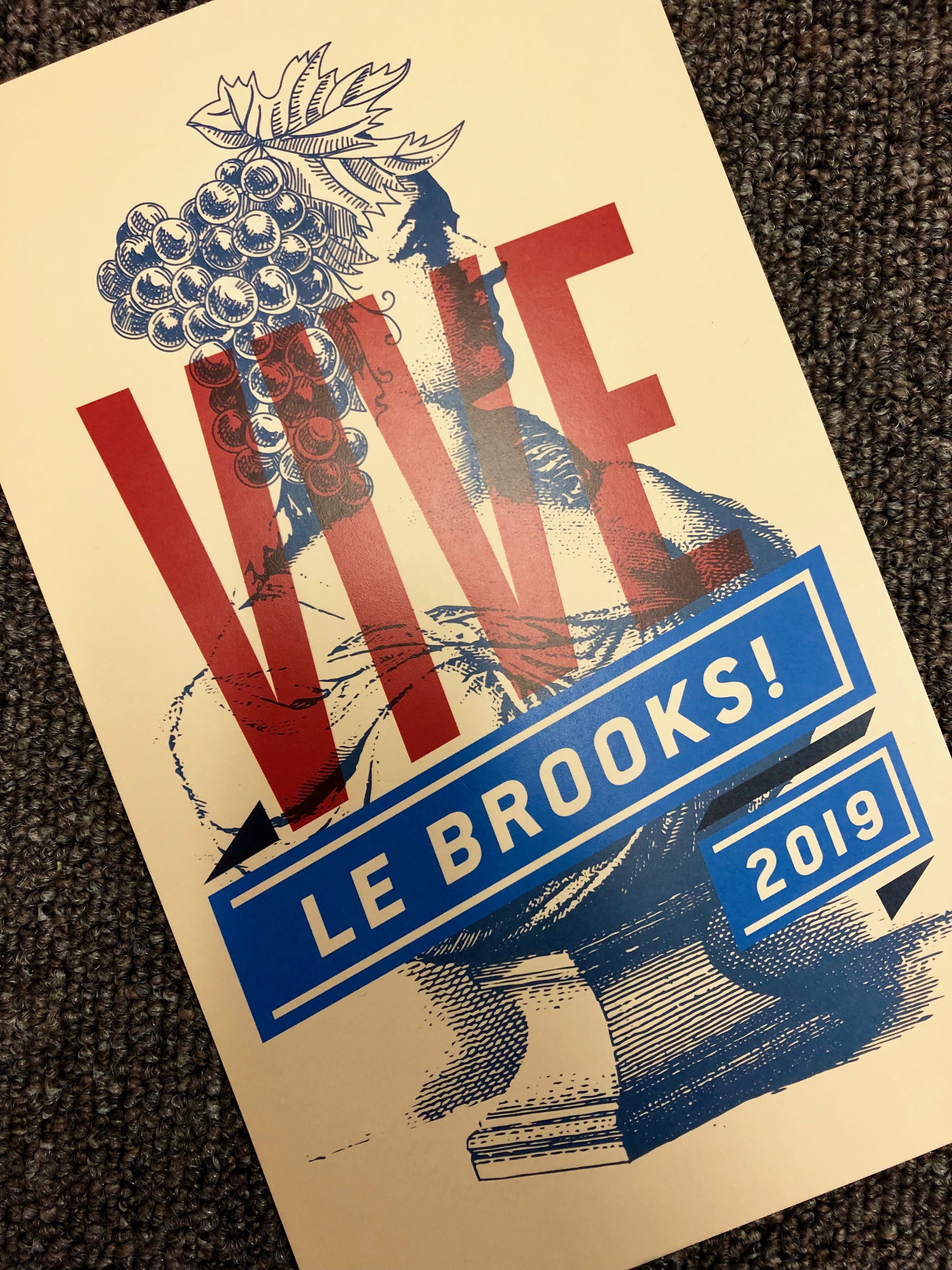
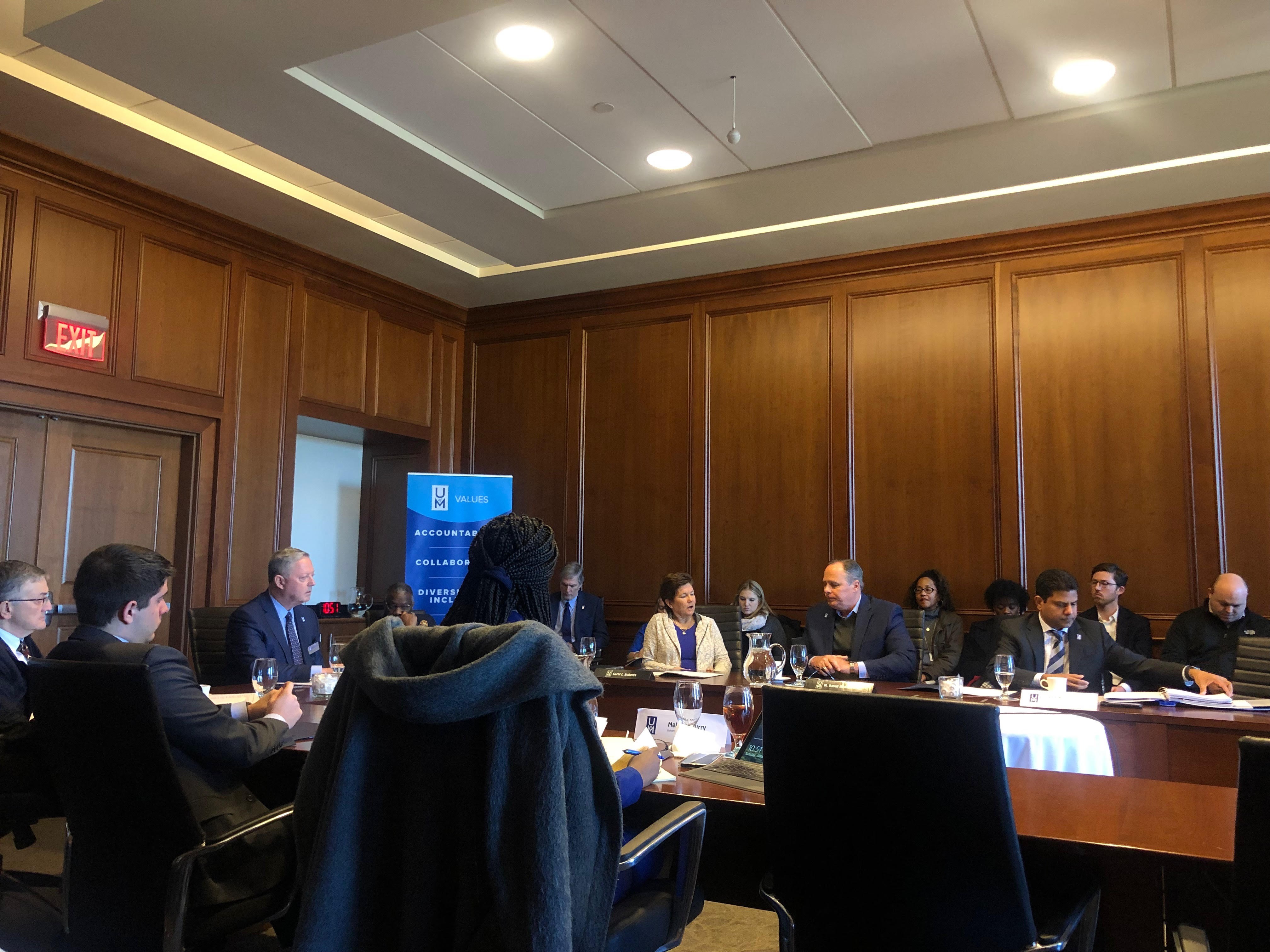
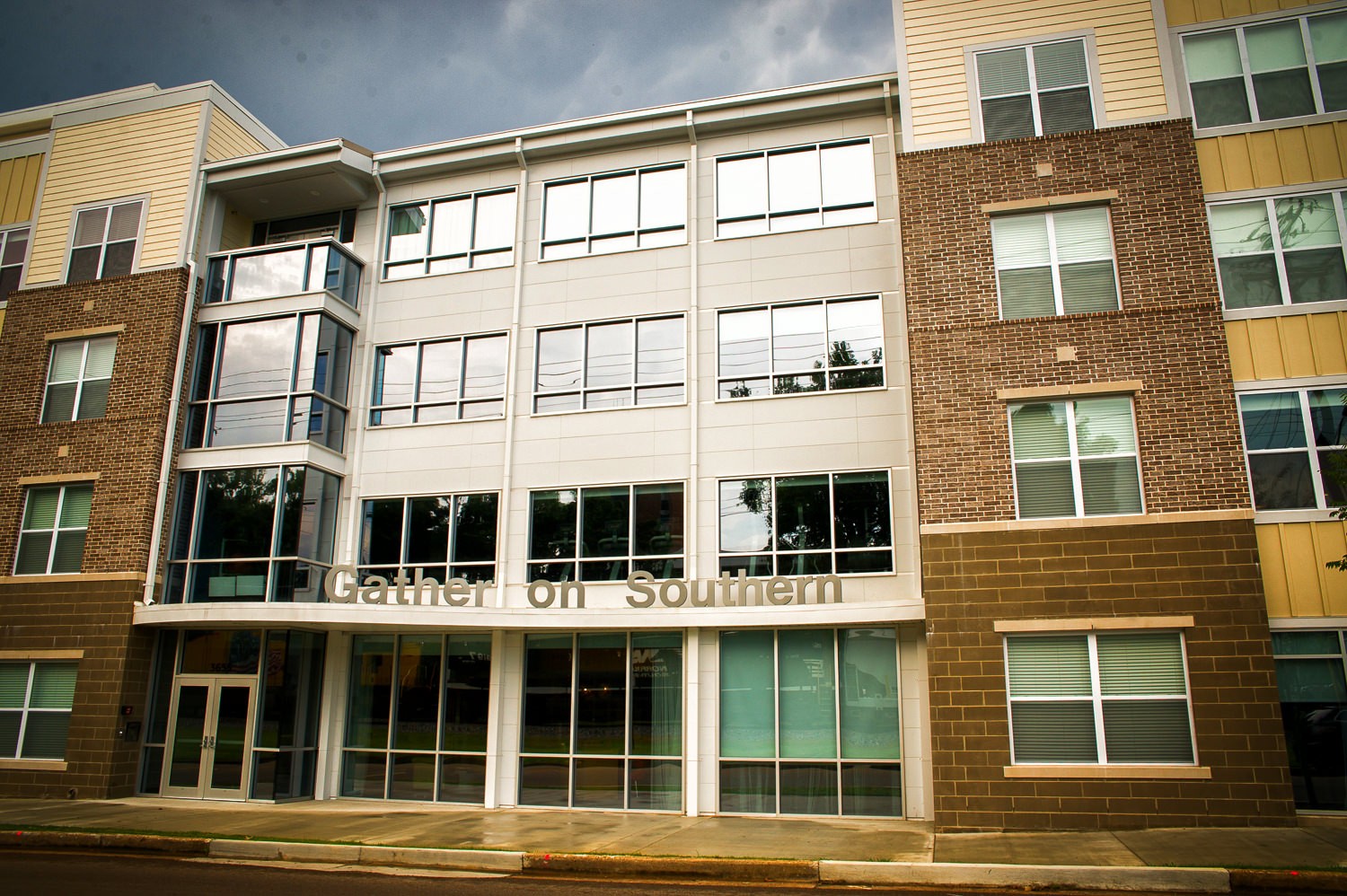
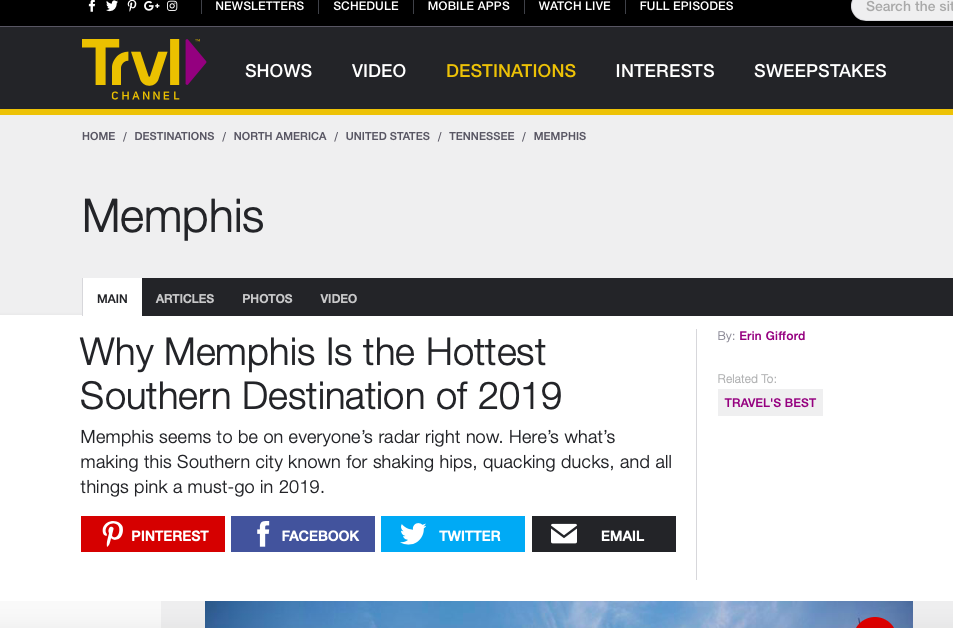 Travel Channel
Travel Channel 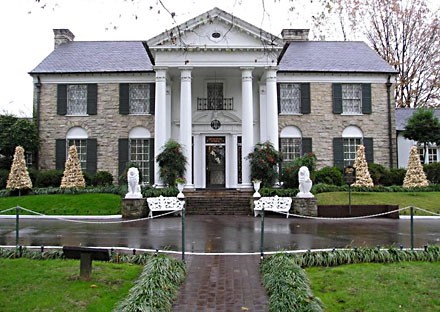

 Justin Fox Burks
Justin Fox Burks 

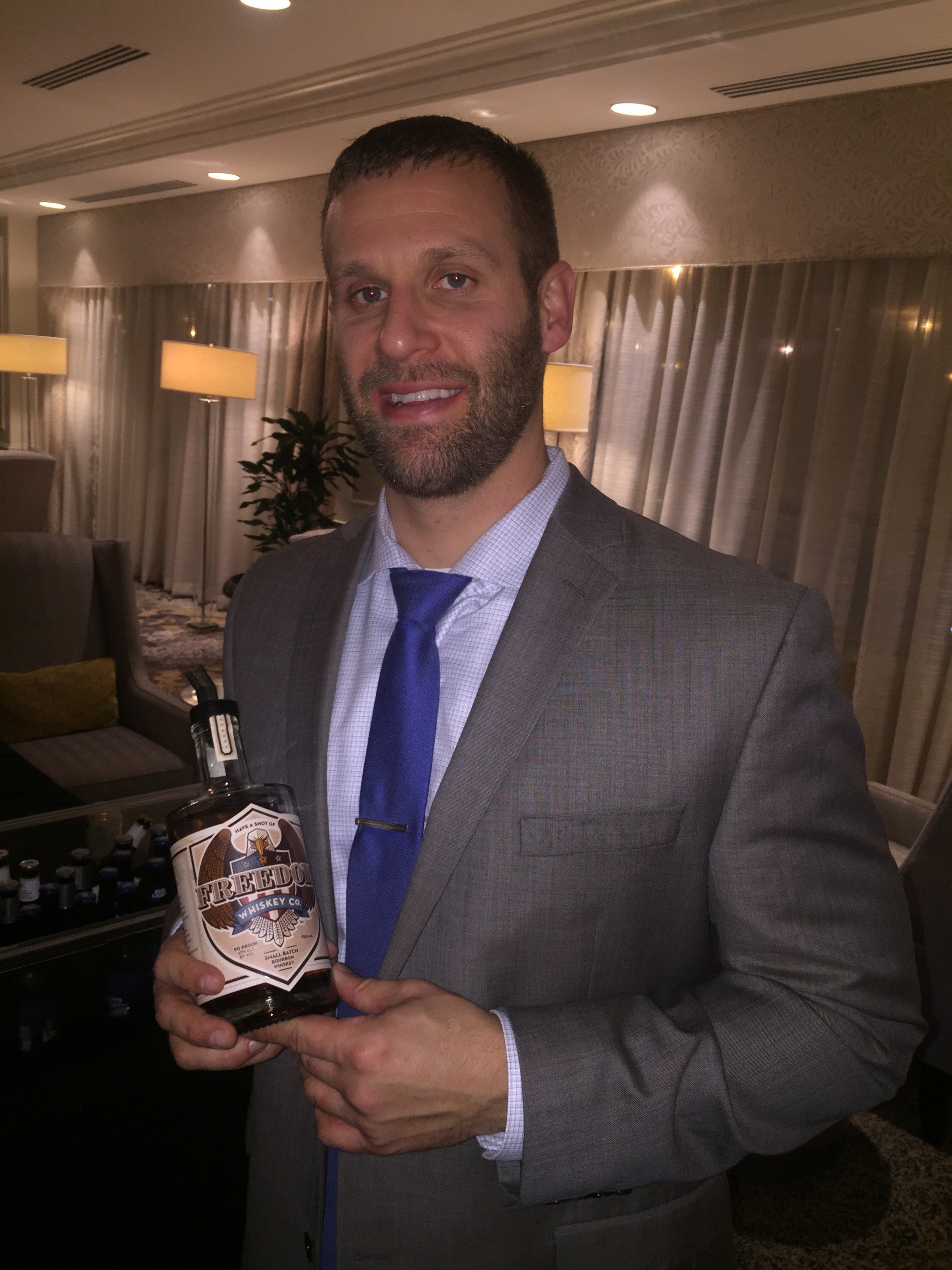 Michael Donahue
Michael Donahue 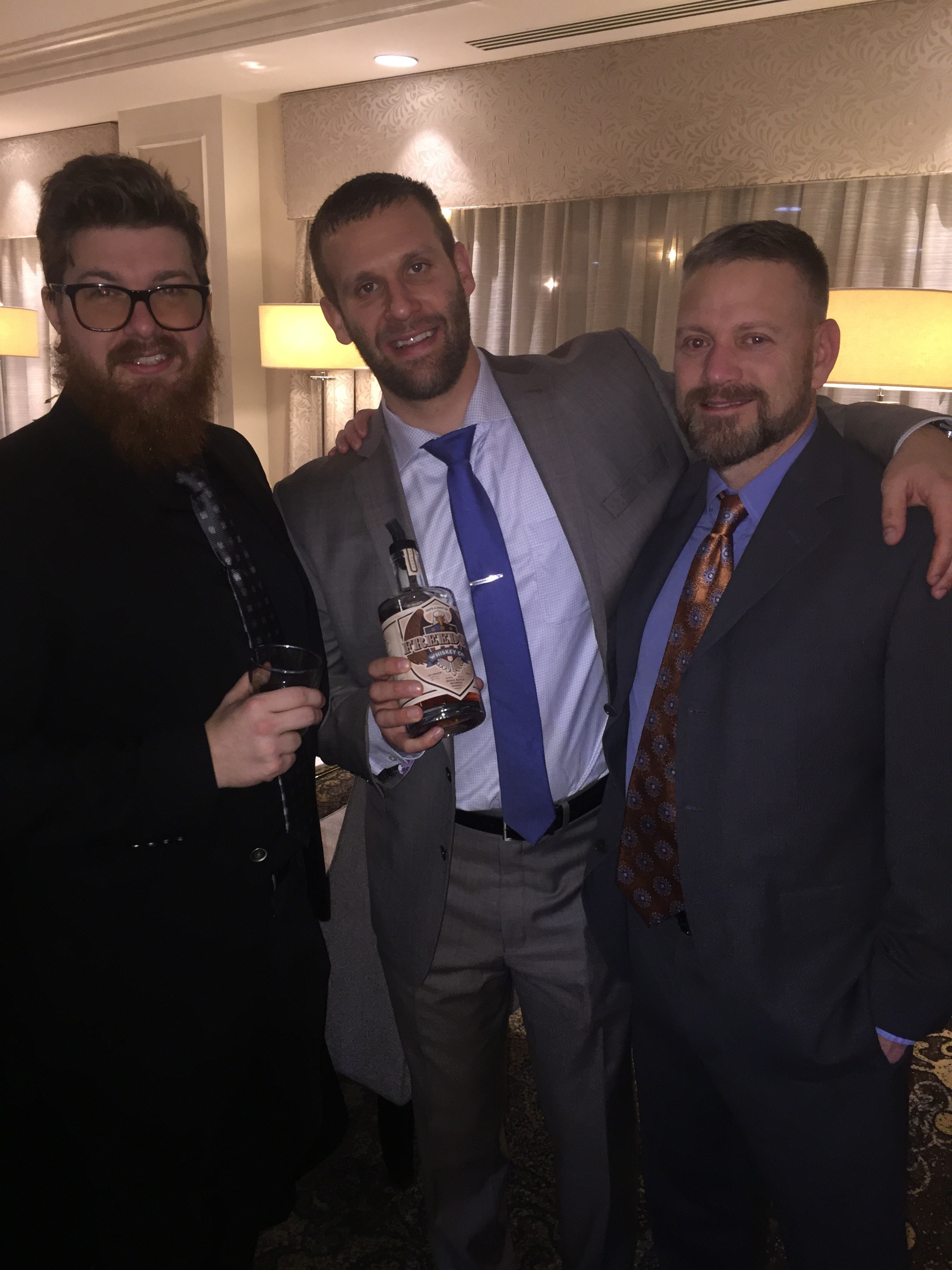 Michael Donahue
Michael Donahue 